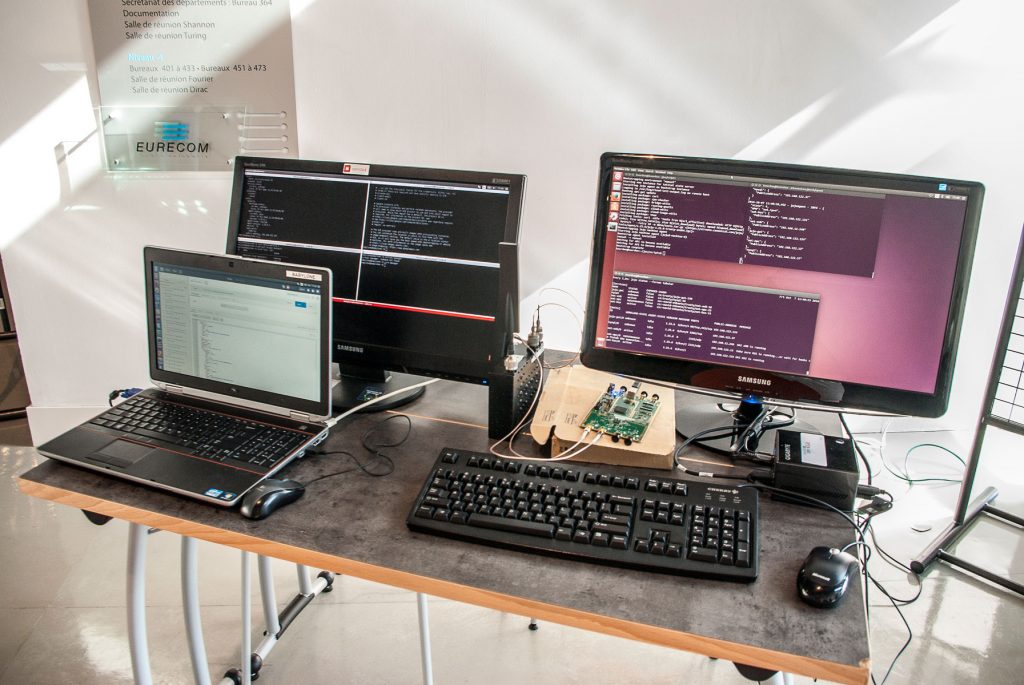5G Will Also Consume Less Energy
5G is often presented as a faster technology, as it will need to support broadband mobile usage as well as communication between connected objects. But it will also have to use less energy in order to find its place within the current context of environmental transition. This is the goal of the ANR Trimaran and Spatial Modulation projects, run by Orange, and in association with IMT Atlantique and other academic actors.
Although it will not become a reality until around 2020, 5G is being very actively researched. Scientists and economic stakeholders are really buzzing about this fifth-generation mobile telephony technology. One of the researchers’ goals is to reduce the energy consumption of 5G communication. The stakes are high, as the development of this technology aims to be coherent with the general context of energy and environmental transition. In 2015, the alliance for next generation mobile networks, (NGMN) estimated that “in the next ten years, 5G will have to support a one thousand-fold increase in data traffic, with lower energy consumption than today’s networks.” This is a huge challenge, as it means increasing the energy efficiency of mobile networks by 2,000.
To achieve this, stakeholders are counting on the principle of focusing communication. The idea is simple: instead of transmitting a wave from an antenna in all directions, as is currently the case, it is more economical to send it towards the receiver. Focusing waves is not an especially new field of research. However, it was only recently applied to mobile communications. The ANR Trimaran project, coordinated by Orange and involving several academic and industrial partners[1] including IMT Atlantique, explored the solution between 2011 and 2014. Last November, Trimaran won the “Economic Impact” award at the ANR Digital Technology Meetings.
Also read on I’MTech: Research and Economic Impacts: “Intelligent Together”
In order to successfully focus a wave between the antenna and a mobile object, the group’s researchers have concentrated on a technique of time reversal: “the idea is to use a mathematical property: a solution to wave equations is correct, whether the time value is positive or negative” says Patrice Pajusco, telecommunications researcher at IMT Atlantique. He explains with an illustration: “take a drop of water. If you drop it onto a lake, it will create a ripple that will spread to the edges. If you reproduce the ripple at the edge of the lake, you can create a wave that will converge towards the point in the lake where the drop of water fell. The same phenomena will happen again on the lake’s surface, but with a reversed time value.”
When applied to 5G, the principle of time reversal uses an initial transmission from the mobile terminal to the antenna. The mobile terminal transmits its position, sends an electromagnetic wave which spreads through the air, over hills, and is defined by the terrain, before arriving at the antenna with its echoes, and a specific profile of its journey. The antenna recognizes the profile and can send it in the opposite direction to meet the user’s terminal. The team at IMT Atlantique is especially involved in modeling and characterizing the communication channel that is created. “The physical properties of the propagation channel vary according to the echoes coming from several directions which are spaced more or less differently. They must be well-defined in order for the design of the communication system to be effective” Patrice Pajusco underlines.
Focusing also depends on antennas
Improving this technique also involves working on the antennas used. Focusing a wave on a standard antenna is not difficult, but focusing in on a specific antenna when there is another one nearby is problematic. The antennas must be spaced out for the technique to work. To avoid this, one of the partners in the project is working on new types of micro-structured antennas which make it possible to focus a signal over a shorter distance, therefore limiting the spacing constraint.
The challenge of focusing is so important that since January 2016, most of the partners in the Trimaran project have been working on a new ANR project called spatial modulation. “The idea of this new project is to continue to save energy, while transmitting additional information to the antennas”, Patrice Pajusco explains. Insofar as it is possible to focus on a specific antenna, this connection with the terminal represents information. “We will therefore be able to transmit several bits of information, simply by changing the focus of the antenna”, the researcher explains.
This new project brings on an additional partner, Centrale Supélec, an “expert in the field of spatial modulation”, Patrice Pajusco says. If conclusive, it could eventually provide a technology to compete with the MIMO antennas based on the use of many emitters and receivers to transmit a signal. “By using spatial modulation and focusing, we could have a solution that would be much less complex that the conventional MIMO system”, the researcher hopes. Focusing clearly has the capacity to bring great value to 5G. The fact that it can be applied to moving vehicles has already been judged as one of the most promising techniques by the H2020 METIS project, a reference in the European public-private partnership for 5G.
[1] The partners are Orange, Thalès, ATOS, Institut Langevin, CNRS, ESPCI Paris, INSA Rennes, IETR, and IMT Atlantique (formerly Télécom Bretagne and Mines Nantes).


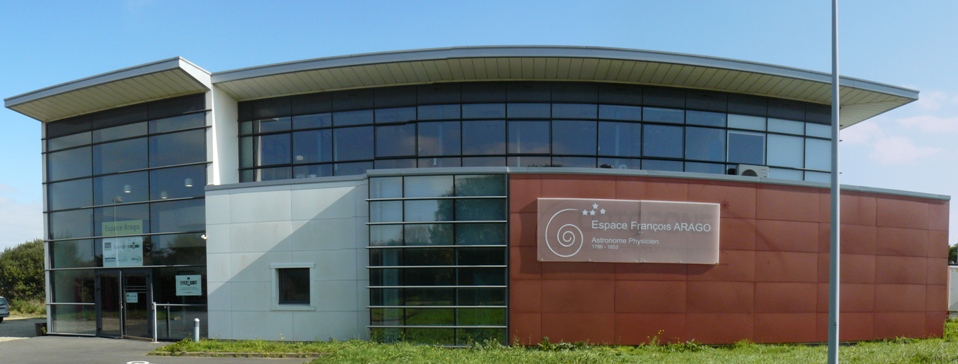
 This operates as a digital platform and aims to replace the existing tools used by orthoptists, which are not very ergonomic. This technology consists solely of a computer, a pair of 3D glasses, and a video projector. It makes the technology more widely available by reducing the duration of tests. The glasses are made with shutter lenses, allowing the doctor to block each eye in synchronization with the material being projected. This othoptic tool is used to evaluate the different degrees of binocular vision. It aims to help adolescents who have difficulties with fixation or concentration.
This operates as a digital platform and aims to replace the existing tools used by orthoptists, which are not very ergonomic. This technology consists solely of a computer, a pair of 3D glasses, and a video projector. It makes the technology more widely available by reducing the duration of tests. The glasses are made with shutter lenses, allowing the doctor to block each eye in synchronization with the material being projected. This othoptic tool is used to evaluate the different degrees of binocular vision. It aims to help adolescents who have difficulties with fixation or concentration.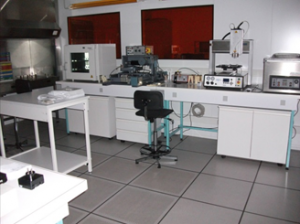 The researchers have used liquid crystals for many industrial purposes (protection goggles, spectral filters, etc.). In fact, liquid crystals will soon be part of our immediate surroundings without us even knowing. They are used in flat screens, 3D and augmented reality goggles, or as a camouflage technique (Smart Skin). To create these possibilities, Arago’s manufacturing and testing facilities are unique in France (including over 150m² of cleanrooms).
The researchers have used liquid crystals for many industrial purposes (protection goggles, spectral filters, etc.). In fact, liquid crystals will soon be part of our immediate surroundings without us even knowing. They are used in flat screens, 3D and augmented reality goggles, or as a camouflage technique (Smart Skin). To create these possibilities, Arago’s manufacturing and testing facilities are unique in France (including over 150m² of cleanrooms).





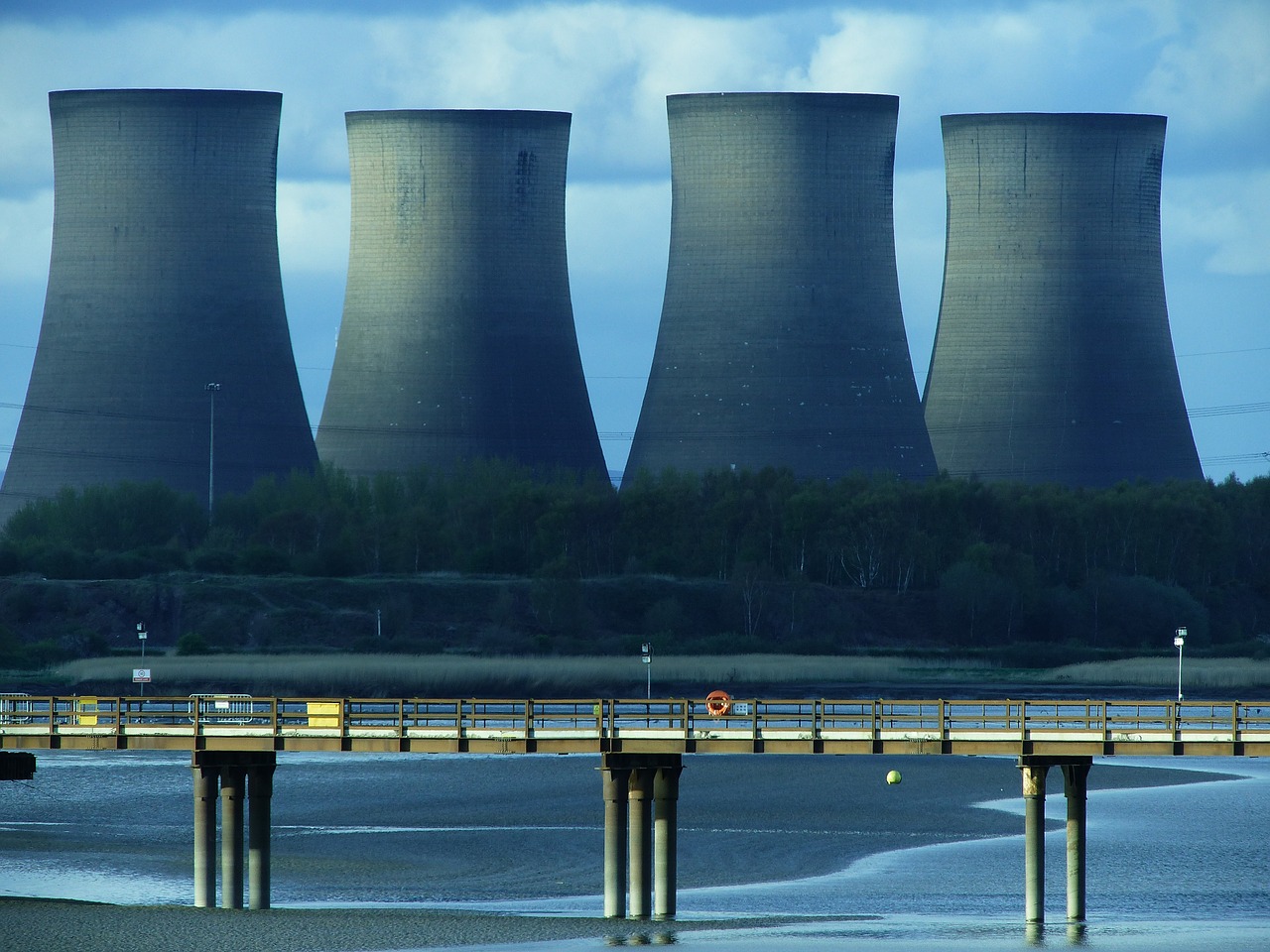




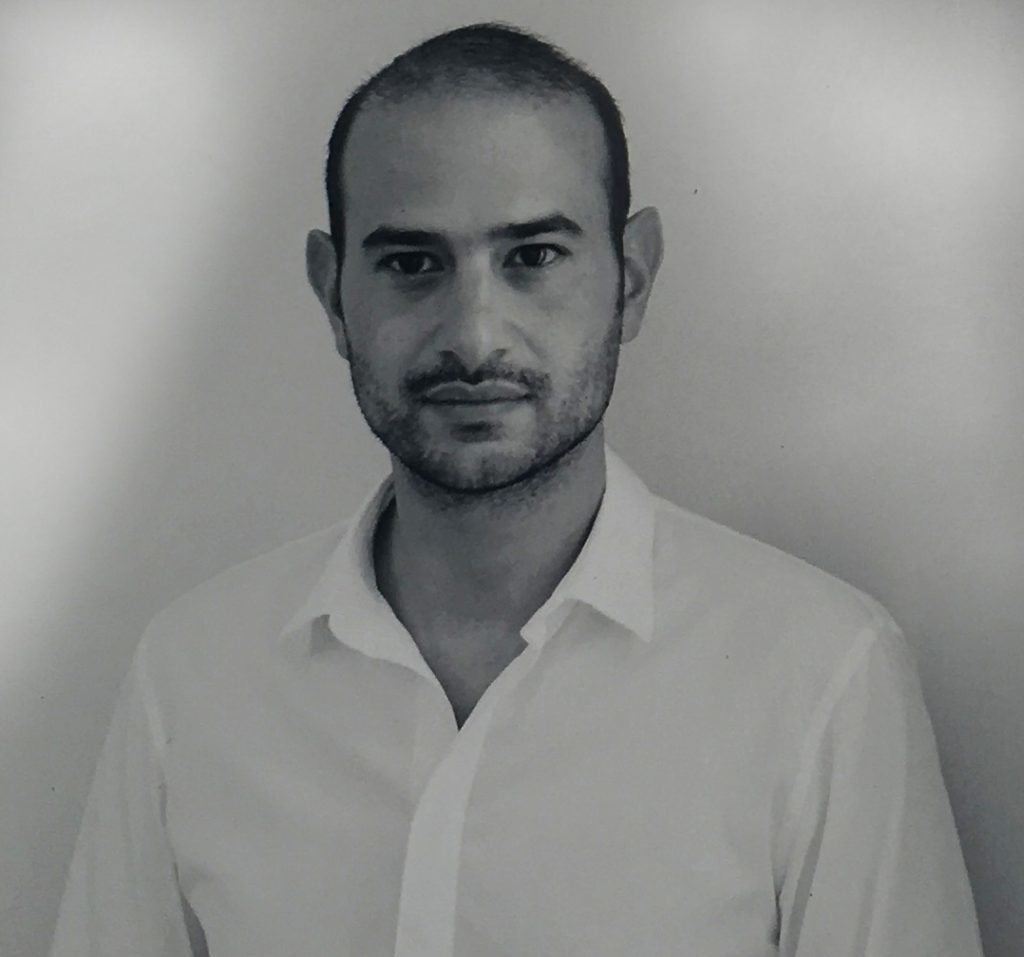
 The TSN Carnot institute, a guarantee of excellence in partnership-based research since 2006
The TSN Carnot institute, a guarantee of excellence in partnership-based research since 2006

